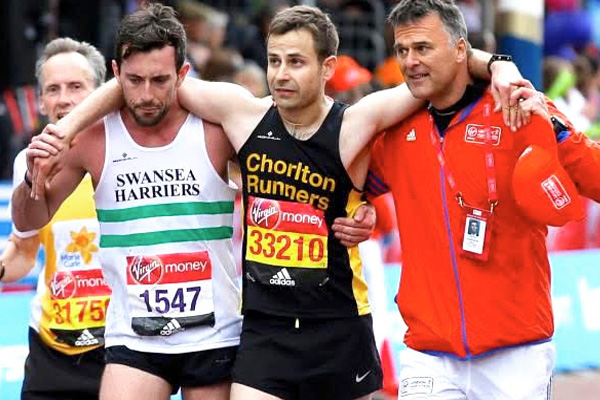Awesome Feat –
Aug. 28, 2019 – “Exercise addiction often goes undiagnosed because it’s not recognized as a problem,” Alyssa Williamson — a psychotherapist in Dallas, TX who specializes in eating disorders — said. “We think of someone with an eating disorder as someone who is emaciated but never think that it could include elite athletes or that guy who talks about CrossFit and eats avocados.” But according to a 2011 study, 3% of adults in the United States work out more than they should, and Williamson told Vice that number may actually be higher.
“Because we glorify athleticism and thinness many people don’t see their relationship with exercise as a problem until their body starts developing complications, like heart issues, increased injuries, body density loss or loss of a menstrual cycle in women,” Williamson said. And that was the case with me. I was (and am) a “healthy” size and weight. My thighs appeared toned but full. My cheeks were rounded, not hollow, and my rib cage was concealed behind a decent layer of fat. Most saw me as nothing more than a distance runner, one who played hard, trained hard, and was “dedicated.” I was praised for my persistence, tenacity and grit. But my actions were not driven by passion or a desire to be fit: I ran because I had to. I “needed” to.



